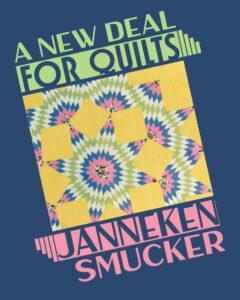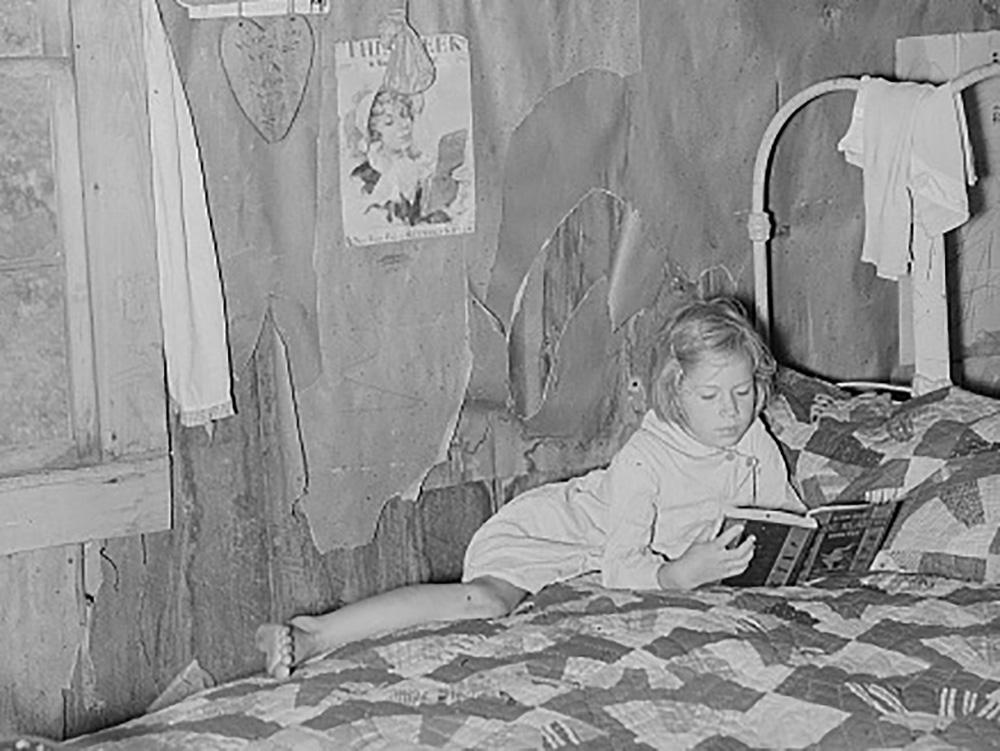Primary Source Collection
The federal programs developed as part of the New Deal resulted in a multitude of rich primary sources in the public domain that document the ways that governmental administrations and everyday Americans used quilts to express their values and confront challenges. In addition, newspapers, magazines, and other publications from the era demonstrate how Americans interacted with information about quilts and quiltmaking. And the quilts themselves are among the most powerful forms of communication, as Americans made quilts in support of New Deal programs, to send as gifts to the Roosevelts, and to express their hopes and fears amid the economic downturn.

 During the Roosevelt administration’s efforts to combat the Great Depression, the quilt became an emblem for how to lift one’s family out of poverty, piece by piece. A New Deal for Quilts explores how the U.S. government drew on quilts and quilt-making, encouraging Americans to create quilts individually and collectively in response to unemployment, displacement, and recovery efforts. Quilters shared their perspectives on New Deal programs such as the Tennessee Valley Authority and the National Recovery Administration, and sent quilts as gifts to the Roosevelts and other officials. Federal programs used quilts’ symbolic heft to communicate the values and behaviors individuals should embrace amid the Depression, perceiving the practical potential of crafts to lift morale and impart new skills. The government embraced quilts to demonstrate the efficacy of its programs, show women how they could contribute to their families’ betterment, and generate empathy for impoverished Americans.
During the Roosevelt administration’s efforts to combat the Great Depression, the quilt became an emblem for how to lift one’s family out of poverty, piece by piece. A New Deal for Quilts explores how the U.S. government drew on quilts and quilt-making, encouraging Americans to create quilts individually and collectively in response to unemployment, displacement, and recovery efforts. Quilters shared their perspectives on New Deal programs such as the Tennessee Valley Authority and the National Recovery Administration, and sent quilts as gifts to the Roosevelts and other officials. Federal programs used quilts’ symbolic heft to communicate the values and behaviors individuals should embrace amid the Depression, perceiving the practical potential of crafts to lift morale and impart new skills. The government embraced quilts to demonstrate the efficacy of its programs, show women how they could contribute to their families’ betterment, and generate empathy for impoverished Americans.

